FAQs
FAQS
Why do people have Shiatsu, Acupuncture or Chinese Medicine?
People experiencing a wide range of health concerns have consulted Christine for Acupuncture, Chinese herbal medicine or Shiatsu as part of their health management plan. This includes musculo-skeletal problems, stress management, immune problems and gynaecological disorders.
What happens when I come for a consultation?
In your initial consultation, a full history is taken. We discuss the primary reason you are are seeking assistance, as well as any other health concerns you may have including digestive issues, respiratory complaints, insomnia, emotional health, gynaecological disorders, headaches, muscular pain or skin conditions. As past illnesses, injuries and surgeries may have some ongoing effect on your health, these will also be discussed in light of current concerns.
Oriental Medicine incorporates observation of the body, as well as palpation of the limbs, the abdomen and pulses. This provides additional information about your current health and confirms the findings from discussion of your health.
The aim of treatment is to harmonise the Qi and may involve acupuncture, shiatsu therapy, cupping, moxibustion, sotai or micro-bleeding according to presenting issues. Chinese herbal medicine may also be prescribed.
Information about nutrition and lifestyle exercise or dietary recommendations may also be provided.
How long is a consultation?
The first appointment is 75 minutes, with subsequent appointments being 60 minutes.
How much does it cost?
The initial appointment is $105, with subsequent appointments $85. Concessions apply for Health Care Card holders and students.
How many treatments will I need?
The number of sessions is determined by several factors:
• your general well-being and nature of the illness
• whether the complaint is a long-term or a recent problem. Acute conditions respond to regular and frequent treatments, with one or two sessions a week to achieve quick results. For chronic conditions, weekly sessions for an agreed period of time help your body to adjust to treatment and to monitor treatment strategies and herbal remedies. Frequency of treatment will be reduced or with built in breaks for chronic and longer-term conditions.
How often should I have Acupuncture or Shiatsu?
This depends on your individual needs. Shiatsu can be enjoyed as a single relaxing experience, or as an integral part of an overall healthcare plan. By combining Shiatsu or Japanese acupuncture with the benefits of oriental nutrition and self healing exercises, one can become more self-reliant and able to maintain a state of well-being throughout life.
Should I continue having treatments after my problem is fixed?
As Oriental medicine aims to maintain balance and health, many people find that regular ongoing ‘maintenance’ support improves well-being, reduces the effects of stress, and may prevent recurrence of health issues.
The thought of needles makes me cringe. How can Japanese needle therapies help me?
The Toyohari style does not involve penetrating the skin with needles. A teishin (silver probe) or fine silver needles may be used but do not pierce the skin. It is important to discuss your feelings about needles with your practitioner.
Are there side effects from Japanese needle therapies?
It is rare for Japanese needle therapies to cause side effects when provided by a well-trained and experienced practitioner. The most common effect is to feel relaxed and refreshed.
YOUR TREATMENT
How should I prepare for the treatment?
Come prepared to discuss your symptoms.
Please bring any medical or diagnostic reports.
It is best to wear loose-fitting clothes made from natural fibres (cotton or wool) and to remove jewellery. Synthetic fibres and metals may affect some techniques used during the treatment.
It is advisable not to have a hot shower or bath within 3 hours before or after the treatment.
It is recommended that you eat lightly a couple of hours before your appointment. Avoid eating a big meal immediately before or after the treatment.
It is best not to do any heavy exercise immediately before or after the treatment.
Avoid alcohol before the treatment, and ideally for 24 hours afterwards.
It is generally advisable to allow a gap of 2–3 days between a Shiatsu or Japanese acupuncture treatment and other body work (massage, physiotherapy, chiropractic).
